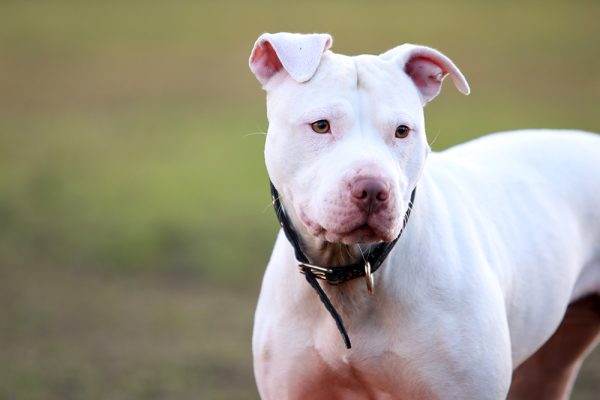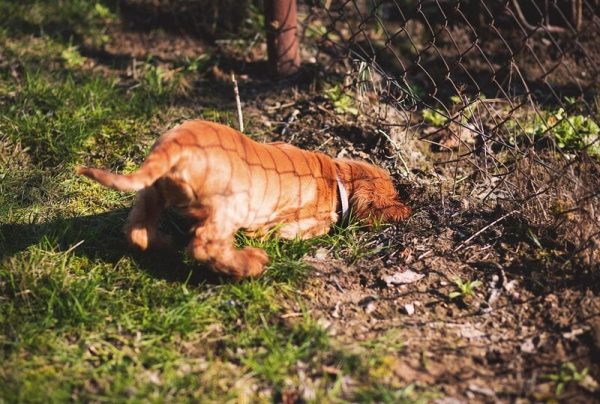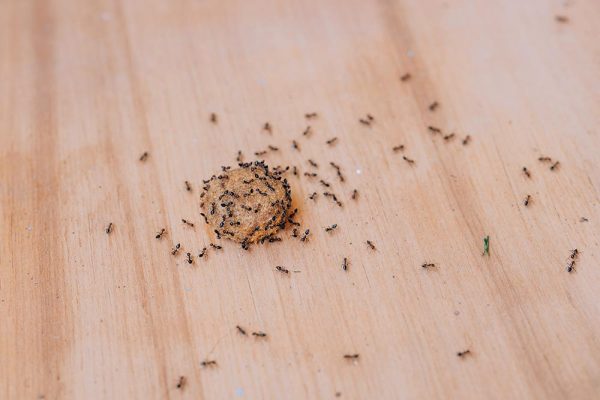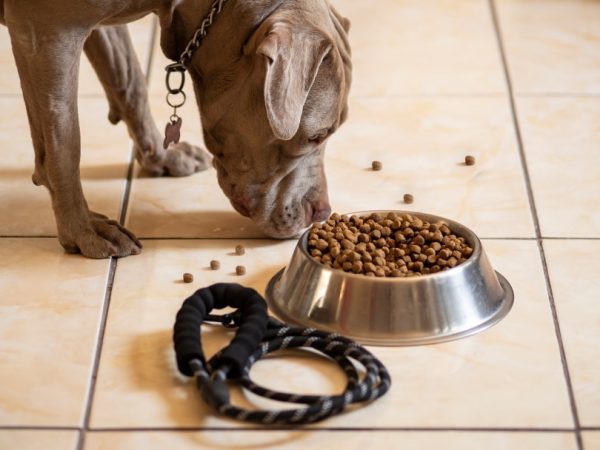In this article
Chihuahuas are a popular dog breed known for their feisty attitudes and the strong bonds they form with their owners. They’re pretty small, weighing just six pounds and standing six to eight inches tall. But did you know there’s an even tinier version of the Chihuahua?
Teacup Chihuahuas aren’t a separate breed but are pint-sized versions of the regular Chihuahua. They’re generally defined as any Chi weighing under four pounds and standing less than six inches tall.
While their personalities are similar, these tiny pups tend to have shorter lifespans than their larger counterparts. Teacup Chihuahuas typically live between seven and 12 years, though some can live longer depending on their genetics and the care they’ve received. Read on to learn more about these pups, including how to care for them to extend their lifespan.
Teacup Chihuahua Average Lifespan
It’s a known fact that smaller dog breeds tend to live longer than larger ones, but this rule doesn’t necessarily apply to the Teacup Chihuahua.
Normal-sized Chis can live anywhere between 14 to 16 years, though it’s not unusual for them to live even longer than that.
Teacup Chihuahuas, however, can be prone to numerous health issues that can severely impact their lifespan. They generally live for seven to 12 years.

How to Care for Your Teacup Chihuahua for a Long Lifespan?
1. Feeding & Diet
A proper diet is crucial for Teacup Chihuahuas as their small size can make obesity a big (pun intended) problem. Feeding a healthy diet suitable for your pup’s life stage is just the beginning. Owners must also closely monitor treats and caloric intake to ensure they’re not overfeeding their pups. This breed can get overweight quickly, putting excess strain and stress on their delicate bones, joints, and heart.
The Teacup Chi’s small size also makes them more likely to develop hypoglycemia. Splitting up their food into several meals helps ensure they get a steady flow of food to keep blood sugar levels stable. Owners may need to feed them up to four times daily and familiarize themselves with the signs of hypoglycemia so they know what to look for.
2. Environment
Owners must take special precautions to ensure their pet’s living environment suits their size.
The Teacup Chihuahua’s small stature can make them more delicate and easily injured. Even something as simple as hopping off of the sofa or tripping over your Chi can cause injuries for these pups. Owners may want to invest in pet stairs to help their dogs get on and off the furniture and bright harnesses or collars with bells so their pups are easier to see.
3. Care
While other dog breeds require an hour or more of exercise daily, Teacup Chi’s only need around 30 minutes. It’s also best to avoid high impact activities or strenuous exercise to prevent injuries to their delicate structure.
Owners mustn’t encourage overexertion and should pay close attention to the weather before taking their pups outside. Chis, in general, are sensitive to cold temperatures due to their small stature and thin coats. Indoor exercise may be necessary during the cooler months of the year, otherwise you may need to invest in some outdoor attire.
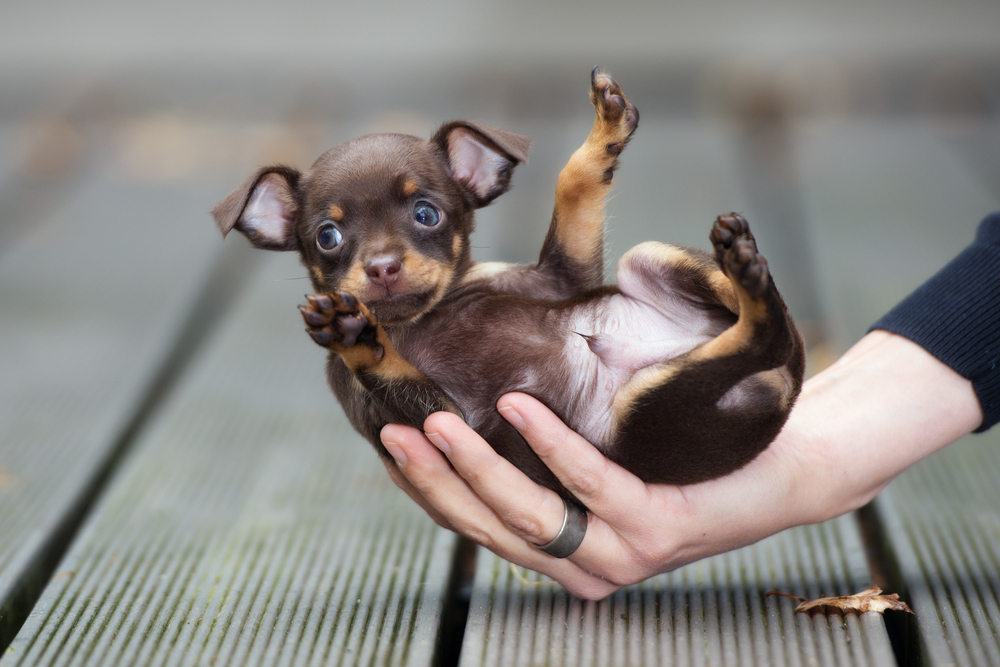
4. Healthcare
Veterinary care is essential for every dog breed, but it’s vital for dogs prone to health issues, like the Teacup Chihuahua. These pups may be more likely to develop:
- Luxating patella
- Dental disease
- Collapsing trachea
- Obesity
- Hypothermia
- Heart disease
- Eye problems (e.g., glaucoma and cataracts)
- Hydrocephalus
- Legg-Calve-Perthes disease
- Hypoglycemia
- Incontinence
- Bone fractures
Teacup Chis should see their vet at least once a year for annual wellness checks. Depending on their health, more frequent visits may be necessary.
If you are concerned about the health and well-being of your pet, seek veterinary advice for the best course of action.
If you need to speak with a vet but can't get to one, head over to PangoVet. It's our online service where you can talk to a vet online and get the advice you need for your dog — all at an affordable price!

The 4 Life Stages of a Teacup Chihuahua
1. Puppy
A Teacup Chihuahua’s puppy stage begins at the moment of birth and lasts until they’re around six to nine months. It’s essential to feed a Teacup Chihuahua puppy food made specifically for puppies during this critical life stage. When they’re young, puppies need a lot more protein and fat to support their growth. Be sure to establish a veterinarian and get all of the recommended vaccinations.
The sooner owners can begin training and socializing their puppies, the better.
2. Young Adult
Teacup Chihuahuas are considered young adults until they’ve completed their physical and social maturation phase. At this stage, they’re like teenagers and will still require consistent training and socialization to ensure they grow into well-rounded adults.
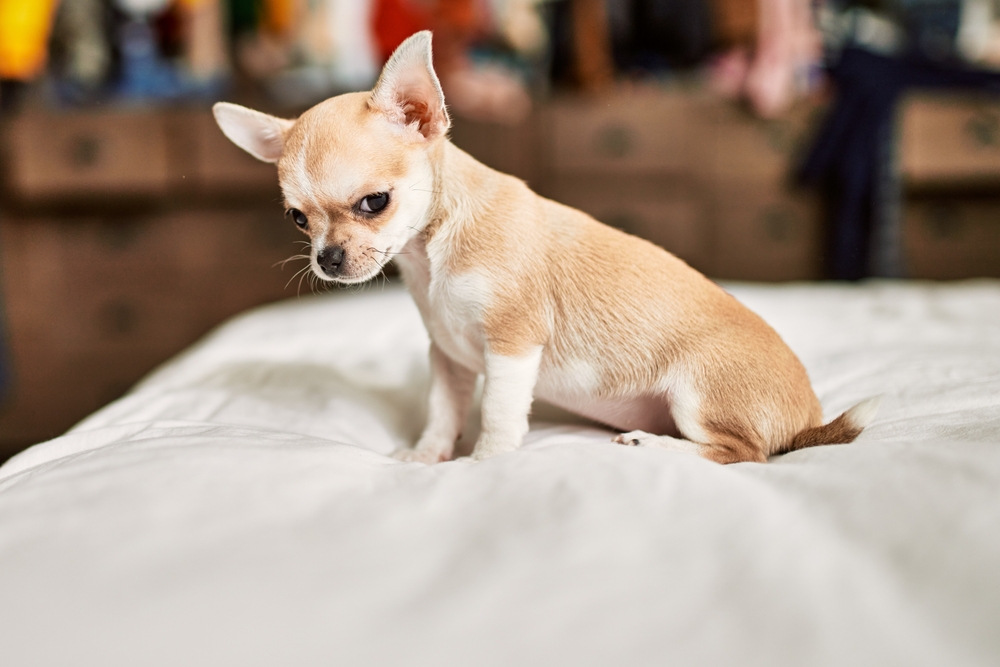
3. Mature Adult
When a Teacup Chihuahua reaches the adult phase, they will likely begin to calm down. They will still have quite a bit of energy but maybe less of the puppy-like curiosity they’ve been entertaining since birth.
4. Senior
A Teacup Chihuahua will be considered a senior when they’ve reached the last 25% of their estimated lifespan, which is when they’re between five and nine years old.
In this phase, pups will begin slowing down and showing subtle signs of aging. They may start graying and could develop joint pain or arthritis.
How to Tell Your Teacup Chihuahua’s Age
The only 100% accurate way to know your Teacup Chihuahua’s age is to ask their breeder their exact date of birth. If you no longer have contact with your pup’s breeder or you have a rescue, there are some things you can look at to get a ballpark range of your pet’s age.
- Teeth: Your vet can look at your puppy’s mouth and, in many cases, accurately estimate their age. Puppies will get in all of their adult teeth by the time they’re around six months old, after which guessing age will become more complex and is mostly based on tartar buildup and wear.
- Coat: Dogs sometimes start growing gray hairs as they age. Graying is most noticeable on their muzzle, paws, and around their eyes.
- Eyes: Older dogs often have cloudy or blue eyes due to age-related lens changes.
- Behavior: Just like humans, aging dogs can experience changes in their behavior. They may begin to lose their vision and hearing. They can develop mobility issues that make getting around more complicated. Finally, they may start choosing sleep over playtime more often.
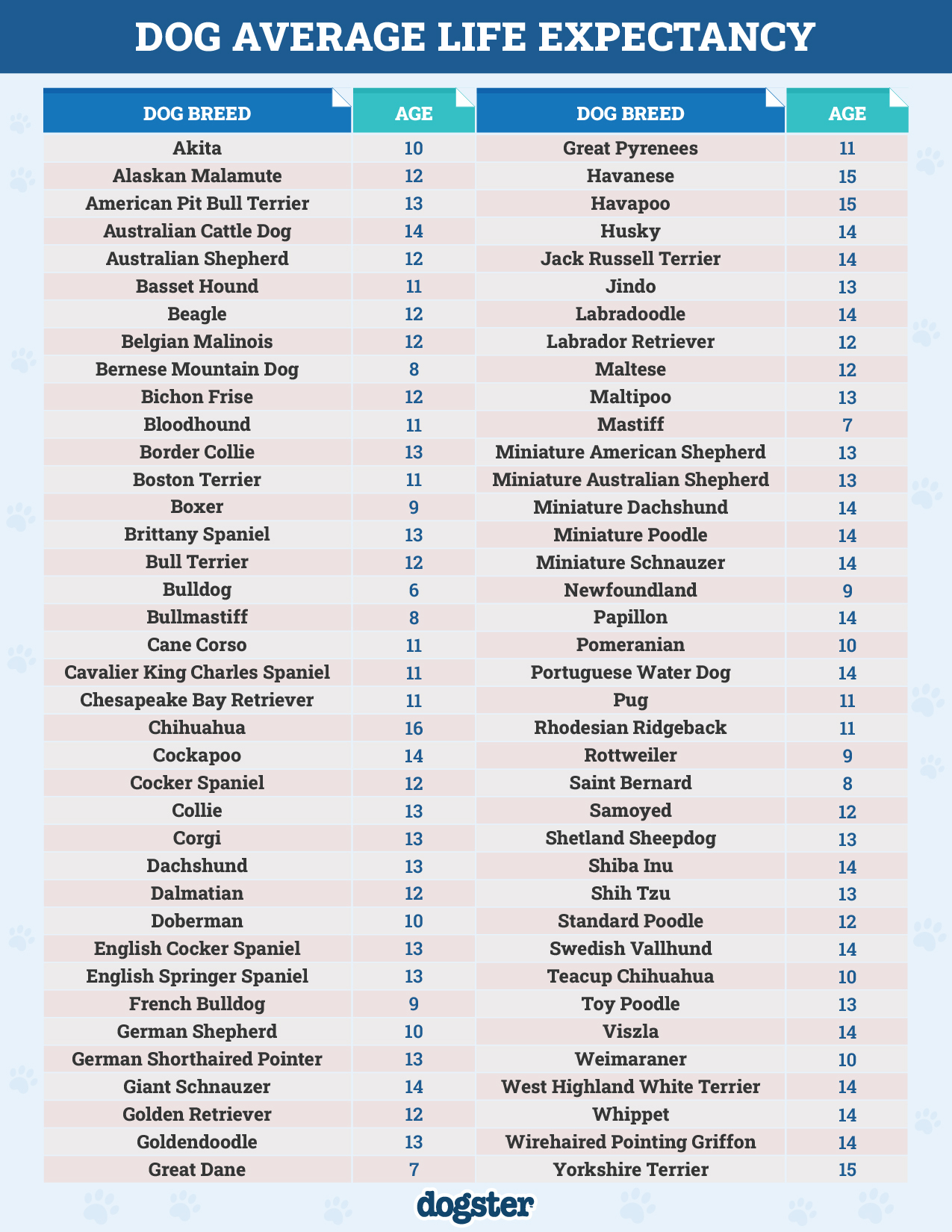

Conclusion
Teacup Chihuahuas aren’t a separate breed; they’re just pint-sized versions of the regular Chihuahua. Though small dogs are known for living longer than their medium and large breed counterparts, this isn’t the case with the Teacup Chihuahua. These pups may be prone to several health conditions and are especially susceptible to injuries due to their small size and fragile nature. For these reasons, the Teacup Chi’s average lifespan is between seven and 12 years.
Featured Image Credit: Olga Kalimulina, Shutterstock








